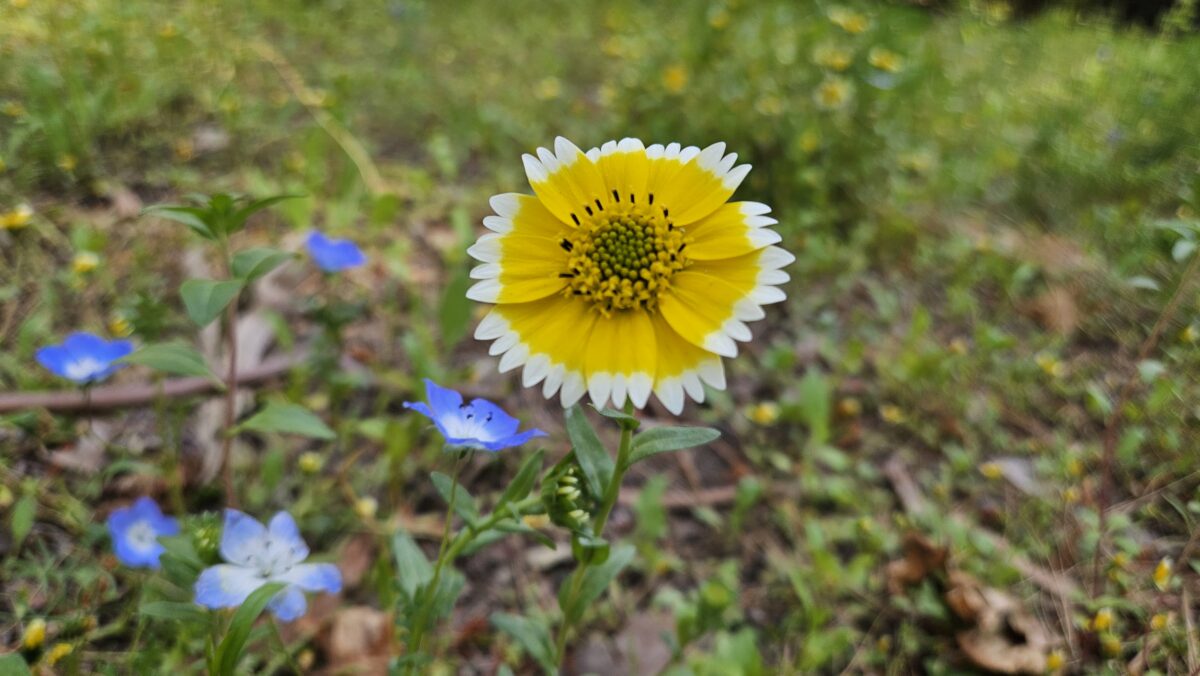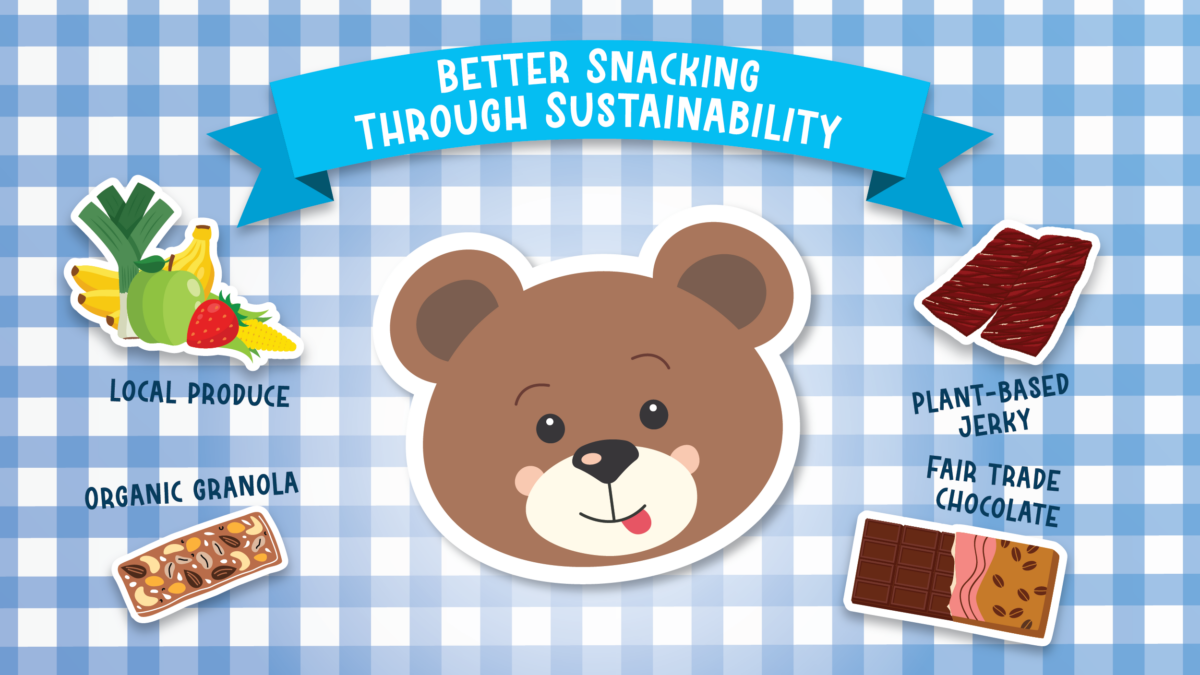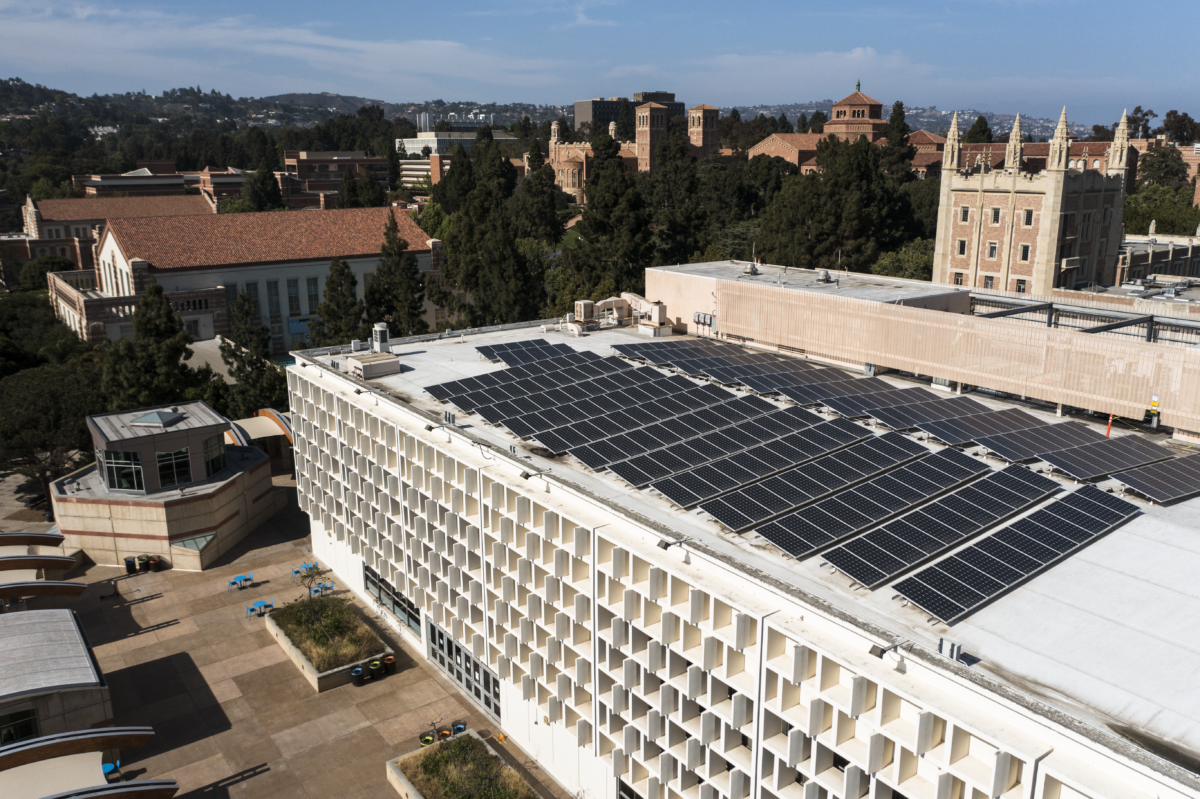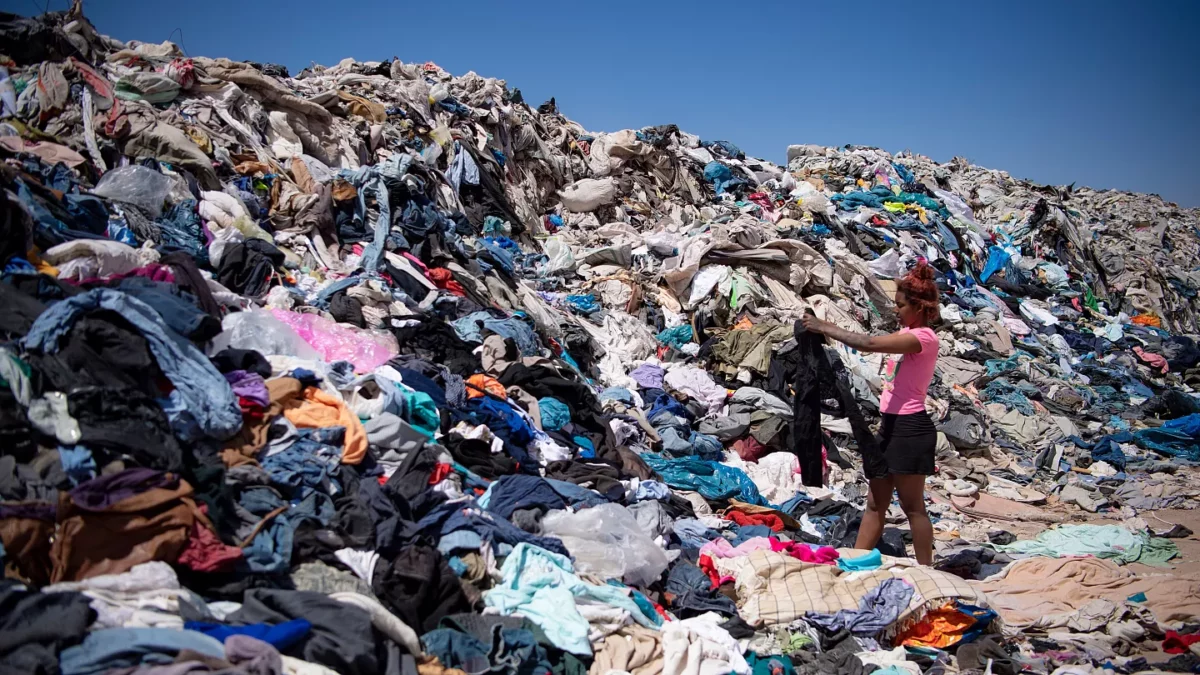By Karen Hallisey
What better way to celebrate March’s vernal equinox, marking the official beginning of spring, than to spotlight a superstar of the season – some buzzworthy Bruins known as the campus’s native bees who help UCLA blossom. The native bees are like us, too — they prefer spring’s fair, sunnier weather!
California is a native bee diversity hotspot, home to over 1,600 species out of the 4,000 species native to the United States. At the University of California, Los Angeles, native bee populations make their home alongside the Hill’s resident Bruins at the Mildred E. Mathias Botanical Garden in the southeastern corner and Sage Hill nature preserve in the northwest corner, among other flowering areas on campus.
Identified species on campus are the Black-tailed Bumble Bee, Sonoran Bumble Bee, Oval-headed Sweat Bee, Longhorn Bee, Valley Carpenter Bee, and others found on native plants at UCLA, including California lilacs, sages, and manzanitas shrubs.
Unlike their fuzzy, flying counterpart, honey bees — originally from Europe, Asia, and Africa — who are famous for their social organization in hives, native bees are from the location they reside in, with their solitary nature making them excellent pollinators. According to the US Geological Survey, native bees pollinate about 80% of the world’s flowering plants. And very few sting – really!
Native bees are key players in stable, diverse ecosystems. By spreading pollen as they circumnavigate above, they increase flower and plant populations and encourage species diversity.
Community scientist, conservation photographer, and Native Bee flashcards creator Krystle Hickman explains native bees are special in that they can develop symbiotic or mutually beneficial relationships with the native plants they visit. Hickman recently spoke at UCLA about the bees in their Botanical Garden habitat.
Though many are smaller than a grain of rice, native bees are also pollinator specialists for common plants we use for food, like squashes, pumpkins, gourds, and the annual sunflower. As stated by the U.S. Geological Survey, in almost all crops, native bees are the primary pollinator or significantly supplement the activity of honey bees.
Native bees can be effective, but not if their populations dwindle due to habitat destruction and pesticide and herbicide use. Hickman encourages people to grow native plants, which can be incredibly helpful.
On campus currently, the Bruin Beekeepers group is working to maintain healthy bee populations here at UCLA through education, habitat restoration, and research.
Last year, a team of undergraduate students from the Institute of the Environment and Sustainability undertook a research project to identify and increase the native bee presence on campus and raise awareness at UCLA.
As native bees continue to keep UCLA blooming, Hickman reminds faculty, staff, and students why these also golden Bruins are integral campus community members.
“Ecosystems are like a Jenga game: at the beginning, every block is in place, and the structure is the most secure. The more pieces are displaced, the less sturdy the structure. Removing bees, flowers, etc., upsets the balance. Bees are just one part of an ecosystem, but a very necessary, important part,” she said.
For more information about UCLA’s landscape and biodiversity efforts visit: https://www.sustain.ucla.edu/landscape-and-biodiversity/.









